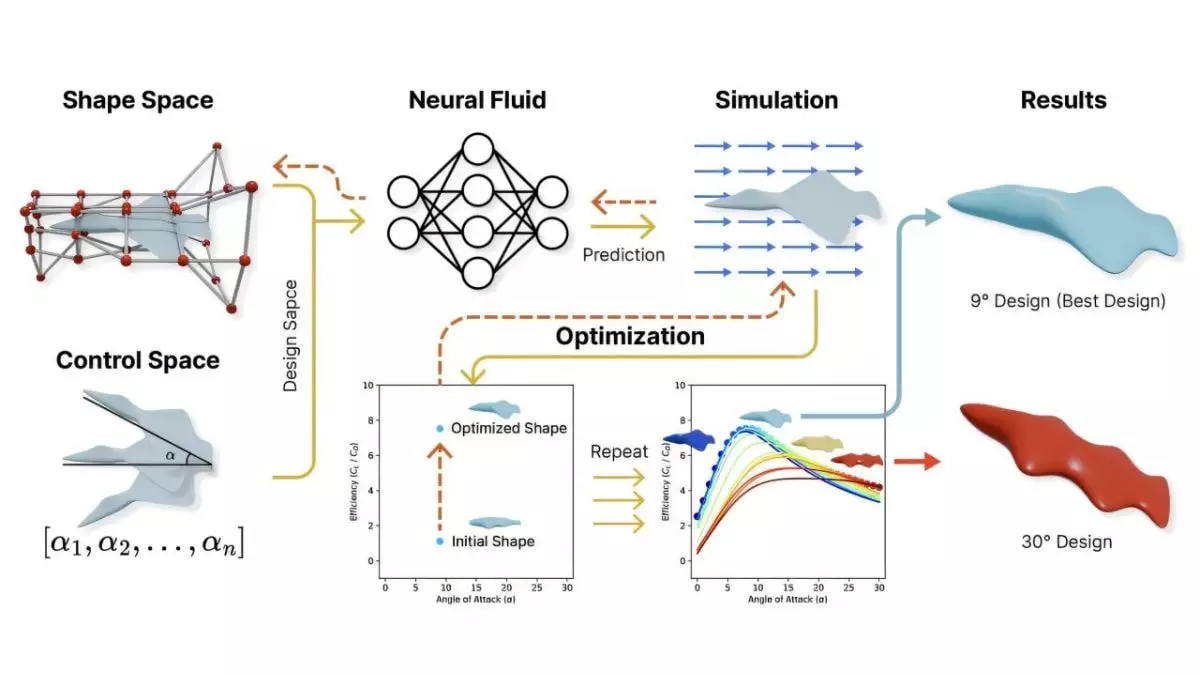In recent years, humanity has sought inspiration from nature’s most efficient systems, particularly marine animals like fish and seals, to advance underwater technology. The latest efforts harness artificial intelligence (AI) to revolutionize how we explore our oceans, promising energy-efficient, versatile, and cost-effective underwater vehicles. Though these innovations spark excitement, they also compel us to scrutinize their true potential and the broader implications for scientific progress and environmental stewardship. At first glance, AI-driven designs seem to herald a new era of sustainable exploration—yet beneath the surface, questions about feasibility, ecological impact, and the role of human ingenuity linger.
Designing the Future Through Machine Learning
The core achievement lies in AI’s ability to generate unconventional shapes for underwater gliders, which outperform traditional models like torpedoes or sleek sharks. By simulating hundreds of forms with increased lift-to-drag ratios, the algorithm produces designs previously hidden from human engineers, accelerating a process that once took years of trial and error. Utilizing 3D printing for rapid prototyping further reduces barriers to swift deployment, transforming the landscape of ocean research. The innovative shapes—resembling planes, flatfish, or other biomimetic forms—are not simply aesthetically intriguing but purpose-built to navigate the complex, turbulent marine environment with minimal energy consumption.
Advantages and Real-World Implications
These bioinspired AI vehicles promise substantial gains: longer operational periods, broader coverage, and more precise data collection on ocean currents, salinity, and climate change impacts. This could mean more robust climate models, better forecasting, and informed policy decisions—fundamental in an era where the ocean’s health is declining rapidly. AI-driven adaptive engineering also shortens development cycles and cuts costs, opening the door for wider adoption and more ambitious exploration projects. These gliders could serve as invaluable tools for scientists to monitor fragile ecosystems or assess the impacts of offshore industrial activity, thus aligning with the center-left outlook that champions responsible environmental stewardship alongside technological innovation.
The Hidden Risks and Ethical Questions
However, embracing AI-designed marine technology is not without its concerns. First, overreliance on algorithmic creativity risks neglecting traditional engineering wisdom and the nuanced understanding of marine ecosystems. The environmentally disruptive potential of autonomous vehicles, particularly if deployed without adequate regulation, raises fears about pollution, entanglement, or disturbance to marine life. Moreover, the quick pace of AI innovation may outstrip our ability to ethically manage and control these technologies—potentially leading to unchecked proliferation or misuse. While the allure of efficient exploration is undeniable, we must ask whether technological hubris might blind us to unintended consequences, such as habitat disruption or data misuse.
The Need for Cautious Optimism
In weighing these advances, a balanced perspective requires acknowledgment of both their promise and their pitfalls. AI’s capacity to mimic nature’s efficiency is a powerful tool, but it must be wielded with caution and a clear sense of responsibility. As we venture further into the digital age of marine exploration, we should advocate for transparent development, environmental safeguards, and inclusive dialogue involving scientists, policymakers, and communities. Only then can the pursuit of innovative underwater vehicles serve as a genuine force for good—enabling us to uncover ocean’s secrets without sacrificing the delicate balance of its ecosystems.


Leave a Reply